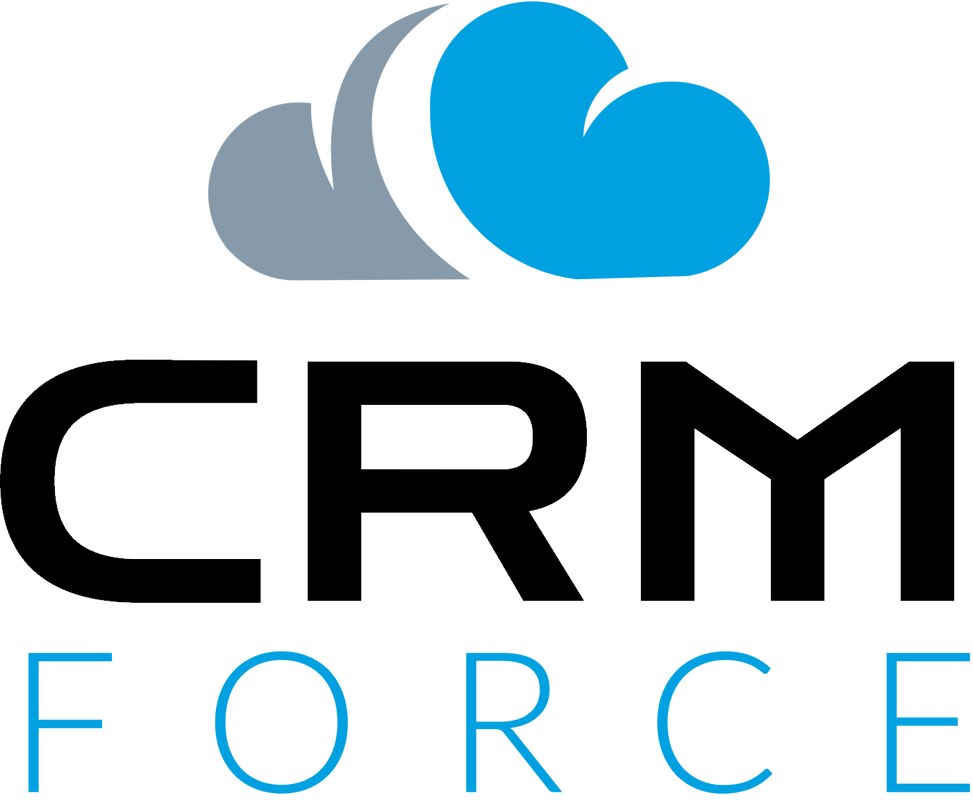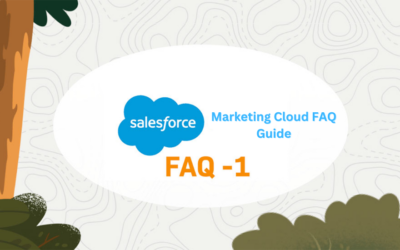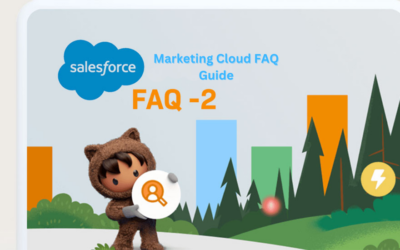This is Part 2 of 3 of this article series. View all parts here.
Hiring the right Salesforce Administrator is crucial for organizations looking to maximize the potential of their Salesforce implementation. Salesforce Administrators play a vital role in managing and customizing the Salesforce platform to meet the specific needs of a business. To ensure you select a qualified and capable candidate, it is essential to ask the right interview questions. In this article, we will explore the top 20 interview questions (and answers) that can help you assess the skills, knowledge, and experience of Salesforce Administrator job candidates. These questions will enable you to evaluate their technical proficiency, problem-solving abilities, and understanding of Salesforce best practices.
- What is the difference between a profile and a role in Salesforce?
Answer: A profile controls object-level and field-level security settings, while a role defines record-level access for users. Profiles manage what users can do within Salesforce, while roles determine the data users can access. - What is the role of the Sharing Model in Salesforce?
Answer: The Sharing Model in Salesforce defines the organization-wide defaults and sharing rules that determine how records are shared among users and roles. - How do you create a custom object in Salesforce?
Answer: To create a custom object, navigate to Setup, go to the Object Manager, and click on “Create.” Follow the steps to define the object’s properties, fields, and relationships. - Explain the difference between a lookup relationship and a master-detail relationship in Salesforce.
Answer: In a lookup relationship, the child object has a reference to the parent object, but the deletion of a parent record does not affect the child record. In a master-detail relationship, the child object is dependent on the parent object, and the deletion of the parent record also deletes the child record. - What is a validation rule in Salesforce, and how is it used?
Answer: A validation rule is a business rule that ensures the data entered by users meets specific criteria. It can be used to enforce data consistency and accuracy, such as validating email formats or enforcing field dependencies. - How do you create a report in Salesforce?
Answer: To create a report in Salesforce, click on the Reports tab, select the report type, define the report columns and filters, and customize the report layout. Save the report to access it later. - Explain the difference between a workflow rule and a process builder in Salesforce.
Answer: A workflow rule is used to automate standard internal procedures and processes based on certain criteria. It can perform field updates, send email alerts, or create tasks. Process Builder is a more advanced tool that allows you to create more complex automated processes with support for multiple actions, decision criteria, and immediate or scheduled actions. - How do you enable field history tracking for a custom object in Salesforce?
Answer: To enable field history tracking, navigate to the Object Manager, select the custom object, and go to the Fields & Relationships section. Click on the field and enable the “Track Field History” option. - What is the purpose of the Data Loader in Salesforce, and how is it used?
Answer: The Data Loader is a client application that allows you to import, export, update, and delete data in Salesforce. It is particularly useful for bulk data operations and can be used to perform data updates from external sources. - How do you create a workflow rule in Salesforce?
Answer: To create a workflow rule, navigate to Setup, go to the Object Manager, select the object, and click on “Workflow Rules.” Click on “New Rule” and follow the steps to define the rule criteria, actions, and time triggers. - Explain the difference between a standard field and a custom field in Salesforce.
Answer: A standard field is a field that comes pre-defined by Salesforce, such as Name or Email. A custom field is a field created by users to capture additional data specific to their organization’s needs. - How do you set up a dependent picklist in Salesforce?
Answer: To set up a dependent picklist, create two custom picklist fields. In the second picklist field’s settings, define the values that are available based on the selection made in the first picklist field. - What are validation rules, and when are they used in Salesforce?
Answer: Validation rules are used to enforce specific criteria when users create or edit records. They are used to ensure data quality and prevent the entry of incorrect or incomplete information. - How do you create a roll-up summary field in Salesforce?
Answer: To create a roll-up summary field, go to the Object Manager, select the parent object, and click on “Fields & Relationships.” Click on “New Roll-Up Summary Field” and specify the relationship and summary criteria. - What is the purpose of Apex triggers in Salesforce?
Answer: Apex triggers are used to perform custom actions before or after specific events occur in Salesforce, such as record insertion, update, or deletion. They allow developers to write custom code to automate complex business processes. - How do you create a custom report type in Salesforce?
Answer: To create a custom report type, navigate to the Object Manager, select the object, and click on “Report Types.” Click on “New Custom Report Type” and define the relationships and reportable objects. - Explain the difference between a sandbox and a production environment in Salesforce.
Answer: A sandbox is a copy of the production environment that allows developers and administrators to test changes and configurations without affecting live data. Production environment is the live instance of Salesforce used by end-users. - How do you create a formula field in Salesforce?
Answer: To create a formula field, go to the Object Manager, select the object, and click on “Fields & Relationships.” Click on “New” and select “Formula.” Specify the formula expression and define the field properties. - What is the purpose of the Salesforce AppExchange?
Answer: The Salesforce AppExchange is an online marketplace where users can find and install third-party applications, add-ons, and components to extend the functionality of Salesforce. - How do you set up record types in Salesforce, and what are they used for?
Answer: To set up record types, go to the Object Manager, select the object, and click on “Record Types.” Record types are used to group and categorize records based on specific criteria, allowing for different page layouts, picklist values, and access settings.
Evaluating Salesforce Administrator candidates requires assessing their technical knowledge and proficiency in various Salesforce features and functionalities. By asking these 20 technical questions sourced from Salesforce Administrator certification training, you can gain insights into a candidate’s expertise and suitability for the role.
At CRM Force, we understand the significance of hiring top-tier CRM and marketing talent. Contact us to learn how our recruitment services can help you find skilled Salesforce Administrators who can drive success for your organization.





